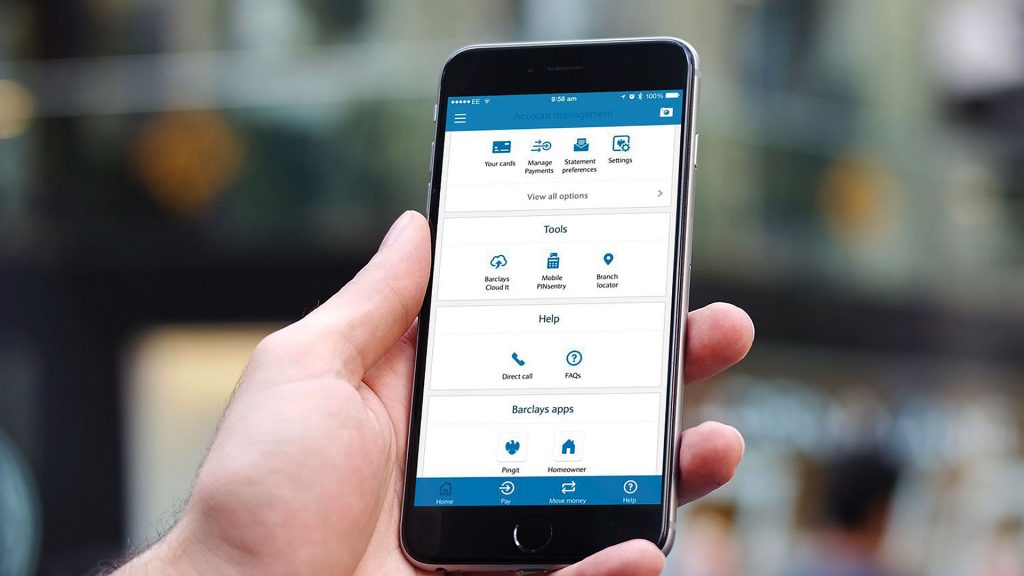Key Takeaway
Digital breadcrumbs, from mobile app engagement to customer reviews and social feedback, should not be overlooked as key sources of customer and competitive data, even in big industries with incumbent players like banking. These insights can mean the difference between those who retain users and successfully shift into the digital era, and those who get left behind.
In the past, customers would choose a bank based on its physical location, its brand and how much they liked the people they spoke to behind the counter.
Decades later, we have become more fickle, less patient, and more anti-social. Especially the 61% of us who do most of our banking on our smartphones. Convenience is king – we want to click on as few buttons as possible, and we’d rather not talk to someone if we can avoid it.
In the UK, open banking regulations have levelled the playing field, allowing fintech startups to steal customers from traditional banks. As a result, competition to create best-in-class banking apps is fiercer than ever.
Success Metrics for Finance Apps
If we can see how well a finance app is performing, we can make predictions about how likely the organisation is to gain or lose customers in the near to medium term. To measure the short-term effectiveness of a banking app we can use the following success formula:
Active Users x Frequency of Use = Gross Number of Transactions
In order to maximise revenue, banks need to keep their customers, and they need their customers to use their app. Simple enough. This is very easy to measure with “active user” and “sessions per user” metrics.
With the influx of new banking apps and fintech alternatives now appearing on the market, traditional banks shouldn’t assume their customers will stay with them forever. This is where predictive data becomes important – for example, the rate of downloads over time shows whether the bank is gaining or losing momentum when it comes to its new user numbers. Digging deeper, product reviews can help us understand why people may prefer one app over another.
Crunching these metrics together can help us understand the “breaking point” where customers become so frustrated with user experience that they decide to move their funds elsewhere.
Which Finance Apps Are Currently Performing Best
App data shows that the best-performing mobile banking apps in the UK at the moment are:
-
Paypal
-
HSBC
-
Barclays
-
Natwest
-
Lloyds
High street banks seem to have adapted well to the new mobile environment. But should they be complacent? A quick look through product review data from last week shows that:

Many users since June 11th have been unable to use the most recent version of the Barclays app due to technical errors. This puts Barclays at risk of losing customers: they are struggling with user experience, and then they are forced to call customer service to try to sort out the problem (and as we know, no one likes to talk to humans anymore). The 80% of customers or so who can get the app to work are very happy with its functionality, but Barclays will need to work very quickly to resolve its current issues.

HSBC also has many happy users, but a good percentage of recent reviews are from customers who get an “unable to connect to server” message when they try to log in on the most recent version, which is causing a lot of frustration. HSBC should also work to remedy this ASAP in order to avoid losing customers.

Reviews of Natwest paint an even darker picture – since the most recent update, users are having issues viewing their pending transactions, and this seems to be an actual design issue rather than a temporary fault. Hopefully Natwest is on top of this and they will release a new version as quickly as possible.
Rankings make it clear that most customers are sticking with high street names for the moment, but review data is hardly glowing for most traditional banks, and there is no reason to assume that customers will be impervious to the lure of slick new technology from start-ups.
It’s vital for finance apps to analyze data from their reviews and customer feedback so that they can find patterns and use this information to:
- Capitalise on what their competitors are doing poorly
- Receive real-time feedback on user design and be alerted to technical issues
- Identify white space or gaps in the market where innovation can set their technology apart
- Better retain customers
It is also important to monitor review scores over time in order to identify changes over time. Knowing that customers rate you 4 out of 5 stars is only so useful; what’s really interesting is to understand how customer perception continues to change.
This also allows us to overlay the data with other factors. It would be really interesting to see:
- How do app review scores correlate to customer numbers?
- How do app downloads correlate to marketing and PR metrics?
- What business outcomes could we have predicted by crunching app user data?
Mobile app data is not the most obvious port of call for most CDOs when working to improve company strategy, but it should not be overlooked. It provides clear insights not only into an organisation’s strengths and weaknesses, but also opportunities to stand out from competitors. This is just one example of an online breadcrumb that can help inform vital business decisions.

